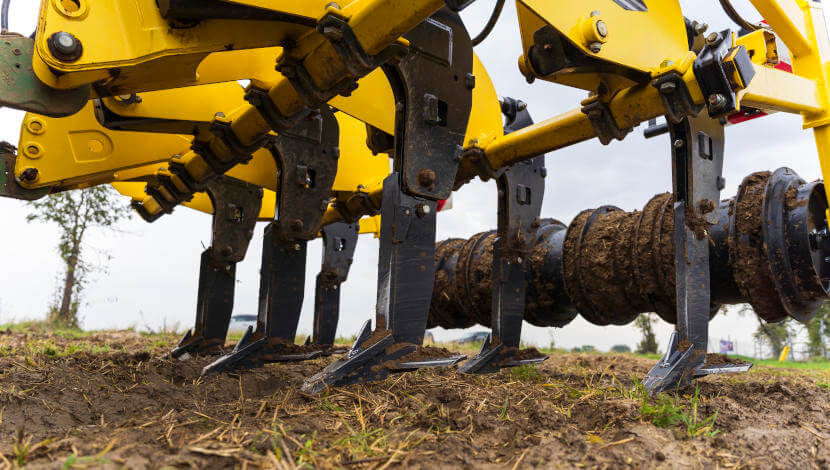ROTO-MASTER RMN

19' 8" -40' 8" ft
90-200 hp
1.5" in
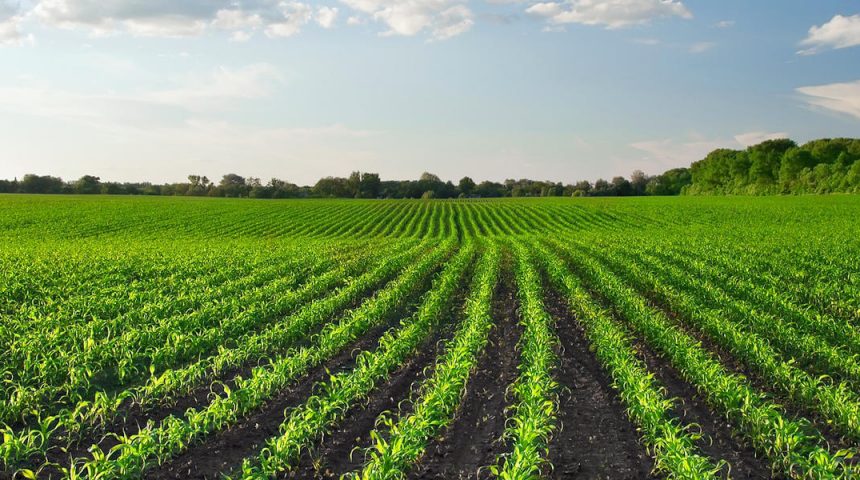
Before herbicides, weeding used to be an indispensable operation of mechanical weed elimination in corn or sugar beet crops. The use of this mechanical operation gradually decreased with the development of chemical solutions. At present, weeding is becoming more common once again, mainly due to legislation and changes in the use of chemical applications.
Row crop cultivation is most often used in corn, sunflower or sugar beet crops, however, it is also becoming popular to weed canola and soya beans. In the near future, weeding will be used as a method of mechanical elimination of weeds also in cereal crops, which will be grown with a wider row distance, or in double-row systems using strip tillage.
ROW-MASTER Row Crop Cultivators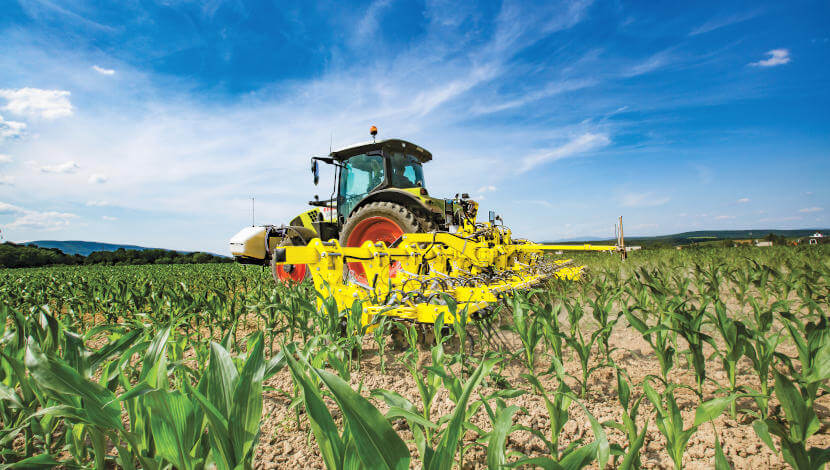
Weeding improves the physical properties of soil nutrient intake by plants and the condition of vegetation. In cornvegetation, it has a considerable effect on increasing the aboveground biomass. Mid row loosening has a weeding effect, which reduces the need to use herbicides and goes hand in hand with the trends of sustainable farming.
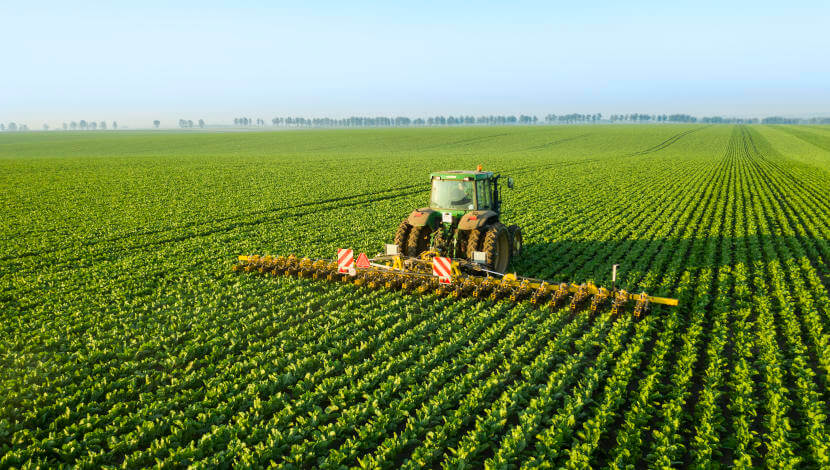
The only way to remove weed beet from the sugar beet crop is to mechanically eliminate it using a weeding implement. Row cultivation also has a soil-protecting effect. The loosened soil layer in the mid rows prevents fast drainage of surface water, and reduces the risk of water and air erosion. Liquid or solid fertilizers can be applied while weeding, thus improving the overall condition of the crop.
“MECHANICAL ELIMINATION OF WEEDS IS ONE OF THE OPTIONS ON HOW TO SAVE CONSIDERABLE FINANCIAL RESOURCES SPENT ON CHEMICAL APPLICATIONS.”
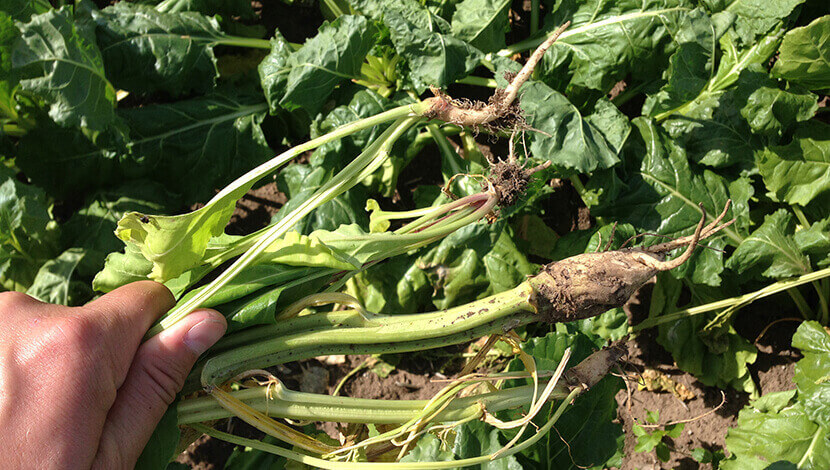
Farmers have always strived to create the best conditions for quality crop establishment and balanced growth when cultivating soil. In practice, we can often see well-cultivated soil with a fine topsoil structure with minimum clods and no larger soil particles. Some farmers still believe that it is impossible to establish crop in any other soil than in this cultivated and almost “dusty” soil.
But the opposite is true; the gradual changes in agricultural technology and seeding procedures, legislation in the field of handling of chemical plant protection products, and the pressure on reducing the risk of soil erosion have shown that the future trend is soil-protective, or reduced tillage
The strip-tillage technology is based on the preparation of narrow strips, in which the row crops are established. This technology is most often used in tillage for seeding corn, sunflower, sugar beet, canola, or soya beans. However, it is only a matter of time before this technology will also be used for preparing soil before seeding cereals in two rows or wide rows.
The strips are usually processed with an row distance of 17.7″/19.7″ or 25.6″/29.5″/29.9″/31.5″ during the fall. Implements suitable for strip tillage include the STRIP-MASTER EN cultivator with a maximum working depth of 13.8″, or the TERRASTRIP ZN deep strip-till cultivators with a working depth of up to 21.7″ for fall tillage.
Strip-Till Cultivators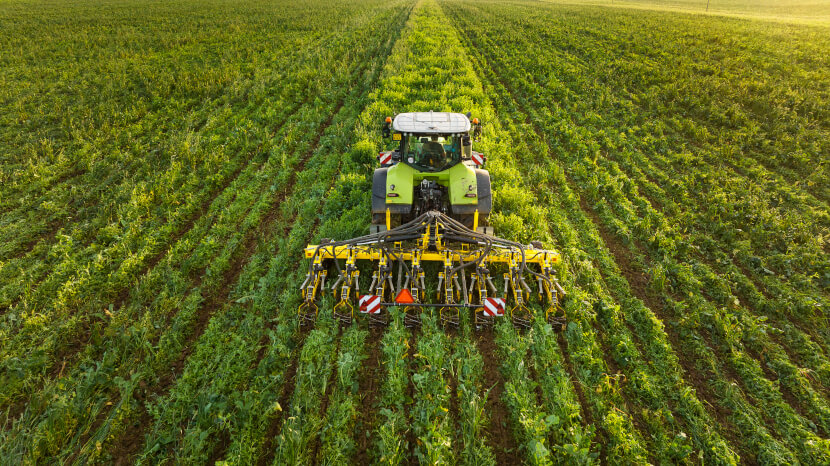
The benefits of strip tillage include faster warming up of the processed strips by sun, soil aeration, reduced erosion, better water absorption in soil when compared with direct drilling, and cost savings in the form of a targeted application of supply fertiliser into the processed strips.
The mid rows created between the individual strips have a positive effect on the soil condition. The unprocessed mid rows maintain soil moisture and prevent its quick evaporation, this effect is even higher when the mid rows are covered with a layer of crop residue or there is cover crop. Moreover, the unprocessed rows also work as a barrier that prevents a fast development of weeds, as it creates a competitive environment.
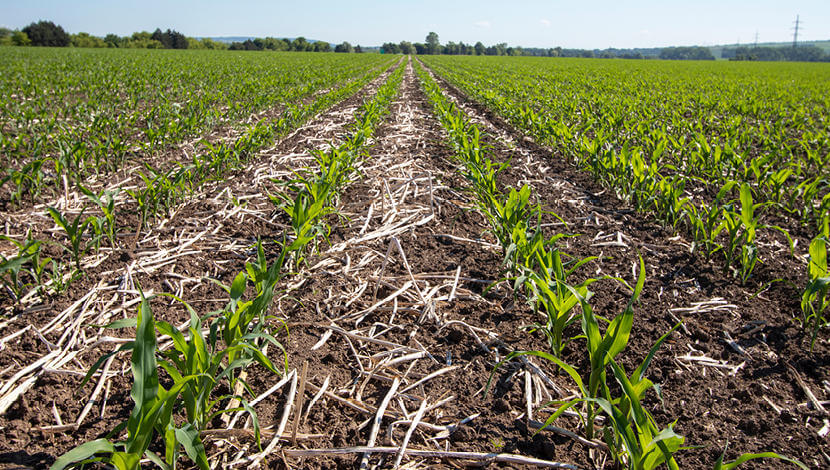
The TERRASTRIP method is an agricultural method developed by the BEDNAR Company. It tills at a deeper level than the standard strip-till method. When compared with the standard strip-till method, the TERRASTRIP method shows significantly better results, particularly in corn. Strips are tilled at a deeper level of up to 21.7″. As a result corn has a higher supply of ground moisture especially in dry areas. The TERRASTRIP method has also proven to be advantageous for those who grow sugar beet.
BEDNAR TERRASTRIP